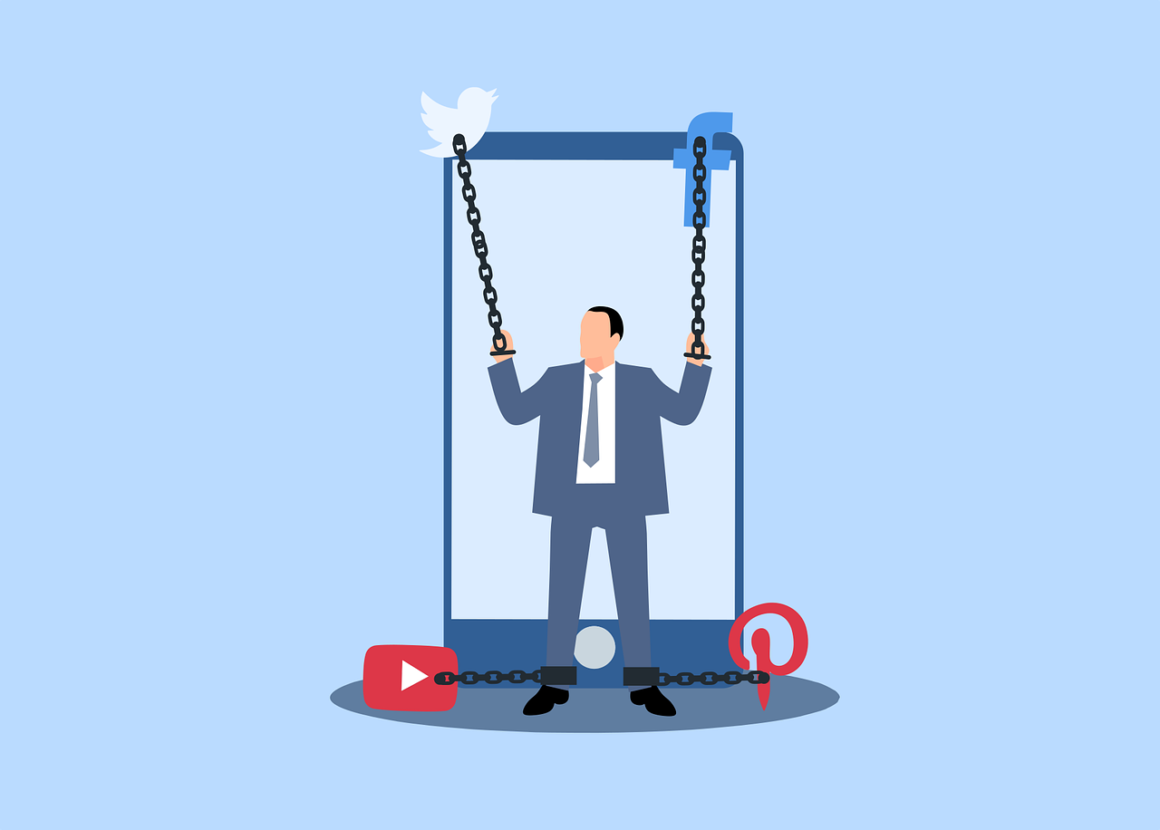Transparency is super important, and following recent tweets, I feel that it is important to address the issue of financing and payment of Affinity Magazine staff members. When I began Affinity seven-years ago I was 16-years-old and I never expected it to blow up in the way that it has. I am very happy that it is black-owned and I own 100% of it. As for myself, I graduated from college and work at a firm that does digital communications for politicians.
Seven years later, here we are millions of views later with over a hundred staff writers. With these views and contributors, people ask a lot of questions about why Affinity’s staff writers and editors are unpaid. Views do not equal money and I do not think many realize that.
When starting any business, you have different options for funding. The first option is bootstrapping, where you choose to fund something with your own money – this was the option I took. Alternative routes include selling products or crowdfunding, often done through platforms such as GoFundMe or Kickstarter. The last option is venture capital funding. What is venture capital funding? It’s basically what you see on Shark Tank – a company takes a certain percentage of ownership and gives you money in exchange. In 2017, women only got 2.2 percent of the total VC funding for the year, which was $85 billion. I am a black woman, so even if I went that route, It would have been unlikely that I would have received the funding. Having weighed up these options I decided to start my magazine with my own money and wish for the best with limited resources. I built the entire website and ran the socials because I didn’t have enough money to hire people. Soon people wanted to contribute, and contributions from staff writers have always been stressed as voluntary. My intention was to give a voice to teens like myself when there are not a lot of available resources.
How does a magazine make money?
First off Affinity Magazine is 100% independent. Magazines like Teen Vogue, Glamour, Vogue, and Vanity Fair are all under Conde Nast so they are part of a media conglomerate. They aren’t independent — they make millions actually. They have multiple incomes from tv to movies, to award shows. Conde Nast owns Pitchfork, which has an annual music festival and Bon Appétit (which received criticism for its lack of diversity). It is then funneled to the magazines and company as a whole.
So how do they make that money?
- Magazine subscriptions: Since the beginning of Affinity, we have always made the magazine viewable for free. My goal was to make it accessible to anyone regardless of income. We do not charge people to read or access our content. Websites like the New York Times do charge for you to access their content, which is a major source of income for them.
- Advertising: Affinity has prided itself on being controversial and unafraid to voice criticism. This makes it hard to form long-term partnerships and often results in advertisers and companies not wanting to attach themselves to our brand, so we rarely do advertisements. Google Adsense is something offered by the platform the website is run from, allowing us to generate ad revenue without partnerships, but the profit from ad revenue is marginal like as low as $0.20 a click. I decided long ago not to take money from corporations or companies that don’t align with our values. We are lucky to score partnerships every once in a while, and when we do the money Affinity receives is given to writers to complete projects for the company. These projects include writing a sponsored post or running a social campaign, and profit goes directly to the staff involved in the project.
Magazines used to make big money from ads, but the ad rates fell 30%, so they’re scrambling to find ways to be profitable in an increasingly hostile financial climate. That’s why you see so many magazines and newspapers closing down. From the beginning, Affinity has been a volunteer opportunity for young writers who are aware of this upon acceptance. Writing for Affinity Magazine gives staff writers as young as 13 an opportunity to have a headstart on building their portfolios and resumes. Affinity allows them to gain years of experience before they even start college. It helps build up their resumes. Although Affinity gives teens this opportunity, I recognize that they have other commitments outside of the magazine, and as such, there’s no pressure placed on them to write articles continuously. There are guidelines in place for them to follow, but writers can work at their own pace and communicate with our editors if any issues arise, and the editorial team consistently looks at output and is willing to adjust the commitment levels expected of staff writers.
While Affinity doesn’t often offer financial incentives, it has helped writers receive scholarships and some were given the opportunity to attend journalism conferences at Harvard University. Along with this, staff writers receive well-written recommendations that have contributed to their success when applying to colleges, with writers having been accepted to schools like Stanford, Georgetown, and Brown while receiving huge scholarships to cover their tuition. Experience with Affinity Magazine has further led to writers gaining internships at CBS, Live Nation, and more.
Affinity Magazine is one of the last remaining media outlets aimed at giving teens a voice and has only survived thus far due to voluntary article contributions from the hundreds of phenomenal staff writers hired over the years. We never take donations, but as we look towards the future we want to be able to offer writers greater opportunities both within and beyond Affinity, and this will involve changing the current financial plan. We have to sacrifice a lot so we can always provide certain content that is honest and real, and this is something that I committed to in order to maintain Affinity’s brand without selling out. Content has always been the key motivator behind Affinity Magazine, and in order for the writers to produce the content that they want to Affinity has had to sacrifice certain monetary benefits. Affinity is still young and myself and the senior staff members are constantly looking for ways to improve the brand, and we hope to be able to offer a more consistent financial reward in the near future.




